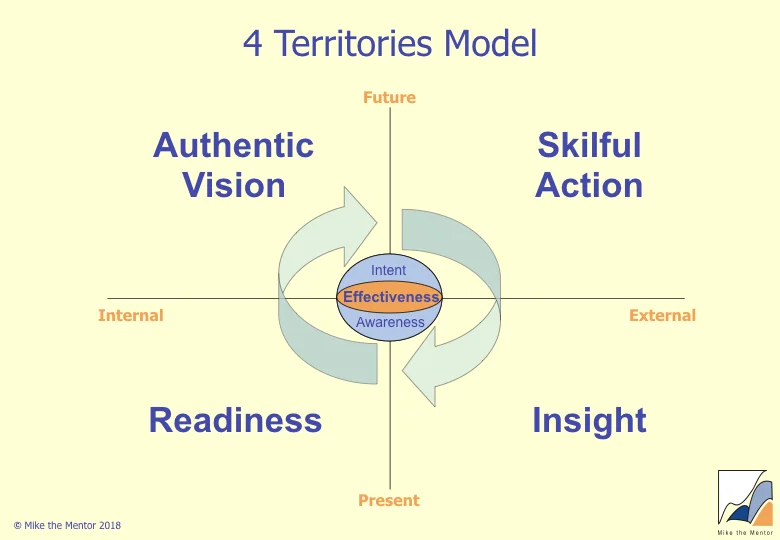Desire and Addiction
/Some people who are clear about their heart's desire (more money, a loving relationship, etc) seem able to get it fairly easily whilst others, however hard they try, can't. The former group are relatively easy to coach: help them clarify their goals, see clearly where they are, explore the options for realising their goals, check their motivation, and then support them in taking the appropriate actions. The second group is rather more challenging.
It is as if there is some invisible force pulling them back from what they desire. And indeed there is. Their strong motivation towards fulfilling their desire is balanced or overwhelmed by a much stronger - but invisible - force. This invisible (unconscious) force is, in effect, an addiction. And whilst they may briefly overcome it, they soon find themselves pulled back. They thus have the paradoxical experience of really wanting one thing but consistently getting it’s opposite. For example, someone who is really attached to feeling secure finds themselves endlessly feeling insecure; someone who yearns to be carefree finds themselves always worried or anxious.
As long as an addiction remains out of conscious awareness, it controls us. The challenge is therefore to recognise that the addiction is operating and then identify it and bring it into conscious awareness. Only then can the work of releasing the addiction's grip begin.
It is as if there are two parts of us - one that desires things to be different and the other that wants things to stay as they are. This is a distinction that a number of psychologies make - between that part of us that seeks to grow and fulfil itself (lets call that the "Self") and that part of us that seeks to keep things the same (and lets call that the "personality"). In this model, the part of us that is addicted is the personality - in essence it prefers what is familiar to what is new, even if the new thing might be more pleasurable and fulfilling. When we are addicted, it is the personality which prevails over the Self.
To help someone overcome this kind of addiction, we need to enable them to free their Self so that it, rather than their personality, prevails. The first step is to help the person experience that this distinction between Self and personality does exist (a useful resource may be the related distinction Tim Gallwey makes between Self 1 and Self 2 in his Inner Game books, for example The Inner Game of Tennis). The personality is often motivated by lessons it learned in the distant past, particularly during childhood. Though these lessons, and the behaviours developed as a result, may no longer be relevant they often have a huge emotional charge - and it is this that drives the addiction. The challenge is for the person to operate from their Self rather than from their personality. This can enable them to experience, but not be overwhelmed by, the uncomfortable feelings that will be evoked in the personality as it tries - and fails - to restore the status quo. As they become more practised in doing this, so the addiction's control will lessen.
Thus, paradoxically, the way forward is to be willing to choose to fully experience the addiction, and with that consciousness to choose not to be engulfed in it.
A structured way of working with this is through Competing Commitments.

